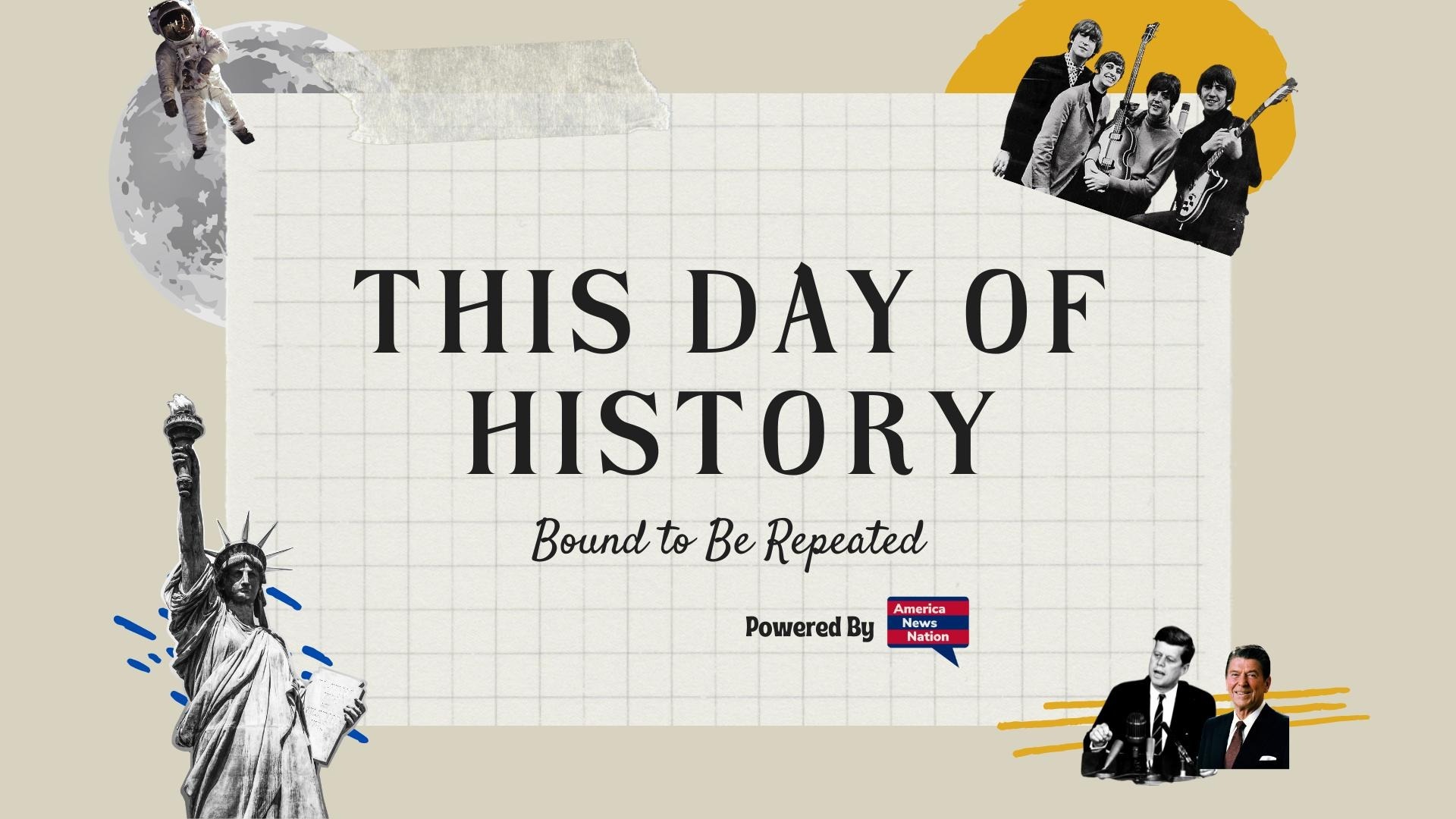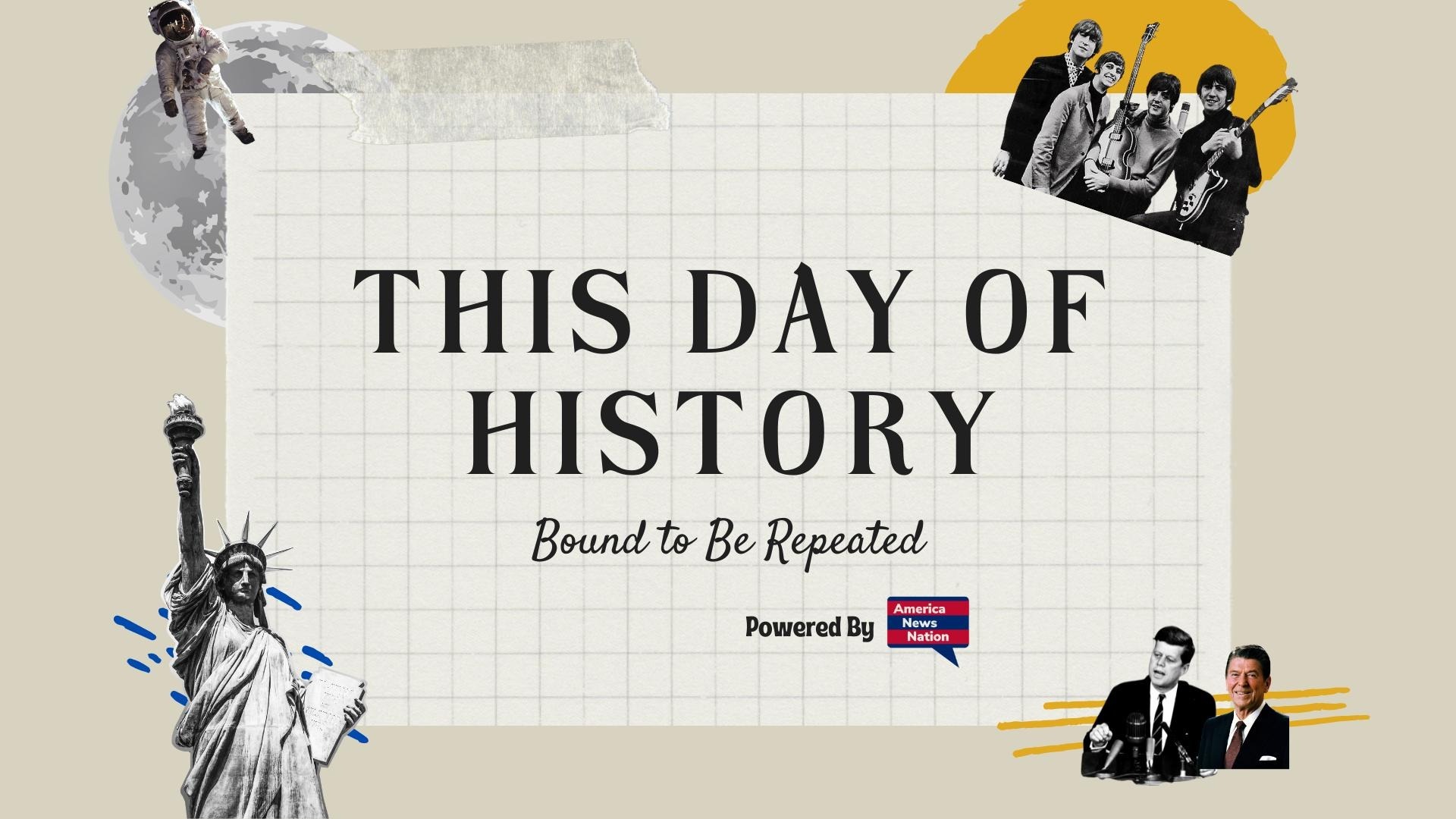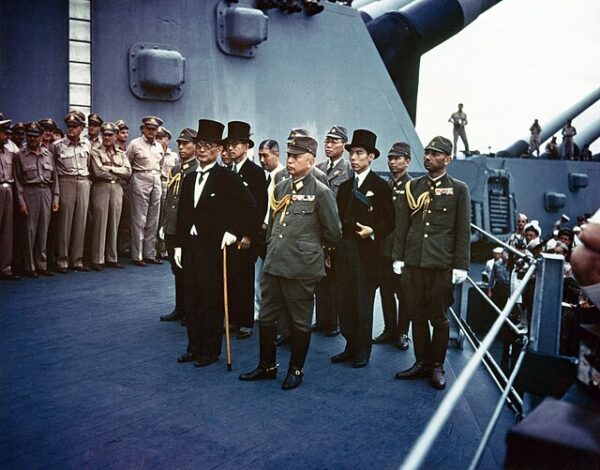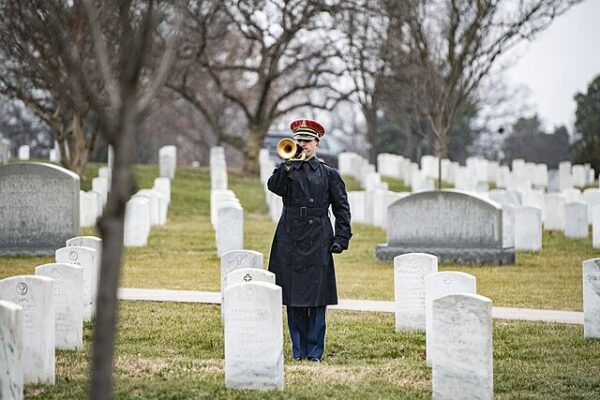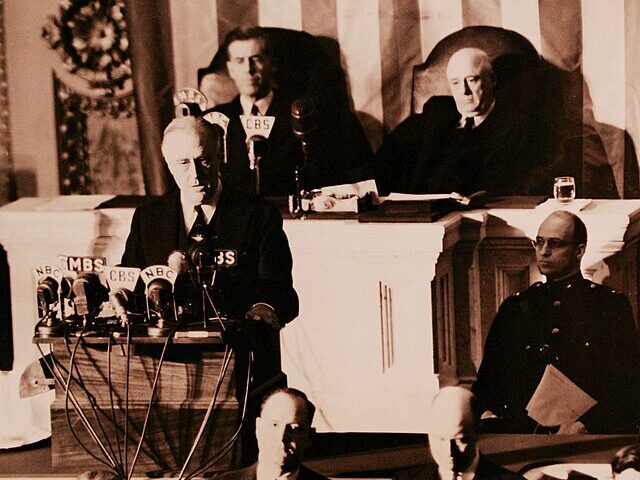The morning of September 2, 1945, dawned over Tokyo Bay with a clarity that belied the devastation of the preceding years. Aboard the battleship USS Missouri, anchored proudly among a fleet of Allied warships, representatives of the major warring powers assembled to witness the formal conclusion of the Second World War. The signing of the Japanese Instrument of Surrender marked not merely the end of hostilities but the final act in a conflict that had engulfed much of the globe for six long years. The event was carefully choreographed, a symbolic and legal closure to a war that had claimed more than 70 million lives.
The selection of the USS Missouri was itself deliberate. The ship bore the name of President Harry S. Truman’s home state, tying the solemn proceedings to the new commander-in-chief who had authorized the atomic bombings of Hiroshima and Nagasaki only weeks earlier. The battleship also represented the immense industrial might of the United States, a steel behemoth floating in the waters of a defeated empire. On deck, over 250 journalists, military officers, and dignitaries gathered, their presence underscoring the global significance of the occasion. Overhead, hundreds of Allied aircraft performed ceremonial flyovers, a reminder of the overwhelming military power that had forced Japan to the table.
At precisely 9:00 a.m., the ceremony began. General Douglas MacArthur, Supreme Commander for the Allied Powers, presided over the proceedings with his characteristic blend of theatricality and gravitas. Standing before two microphones, he declared that the occasion was one of “profound significance,” not only for the combatants but for the future of civilization itself. His words framed the surrender not as mere capitulation but as the first step toward building a more stable and peaceful world order. This framing was essential, for the Allies intended not just to dismantle Japanese militarism but to reconstruct Japanese society along democratic lines.
Japanese representatives were led by Foreign Minister Mamoru Shigemitsu, who had lost a leg in an assassination attempt years earlier and now walked with a cane, and General Yoshijirō Umezu, Chief of the Army General Staff. Their solemn demeanor reflected the gravity of their nation’s defeat. Shigemitsu, dressed in formal morning coat, signed the document on behalf of Emperor Hirohito and the Japanese government, while Umezu signed for the Imperial General Headquarters. Their signatures signified the acceptance of unconditional surrender, ending Japan’s imperial ambitions and acknowledging the authority of the Allied occupation.
Following the Japanese signatures, Allied representatives affixed their names. MacArthur signed first on behalf of all Allied powers, followed by Fleet Admiral Chester Nimitz for the United States. Representatives of China, the United Kingdom, the Soviet Union, Australia, Canada, France, the Netherlands, and New Zealand each took their turn, ensuring that the settlement was recognized as a truly international victory. The array of signatures reflected the global nature of the war and the collective determination to enforce peace. The presence of Soviet representative Andrei Gromyko, coming only weeks after the Soviet Union had entered the Pacific war, underscored the shifting balance of postwar power.
The ceremony lasted barely 20 minutes, yet its brevity belied its immense importance. As the ink dried on the parchment, the world entered a new era. For Japan, surrender meant occupation by Allied forces, the drafting of a new constitution, and the renunciation of war as a national policy. For the United States and its allies, it marked the successful conclusion of a two-front war that had stretched resources and tested national resolve. For millions across Asia and the Pacific, it signaled liberation from the harsh realities of Japanese occupation, though the scars of war would endure for generations.
MacArthur closed the proceedings with a benediction-like appeal: “Let us pray that peace be now restored to the world and that God will preserve it always.” His words reflected both relief and an acute awareness of the burdens to come. The surrender of Japan did not erase the devastation of Hiroshima, Nagasaki, and countless battlefields, nor did it resolve the emerging tensions that would soon solidify into the Cold War. Yet in that moment, aboard the USS Missouri, the guns finally fell silent, and the world’s most destructive war reached its formal end.
